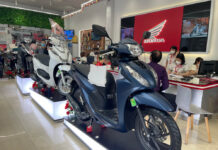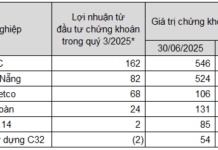For Vietnamese people living and studying abroad, whether they have a holiday or not, they always remember the traditional Tet holiday in their homeland. The distance makes most of them choose to put their emotions into preserving the most characteristic features of Tet, especially gathering together to have a meal to welcome the new year.
In recent years, Vietnamese dishes in general or Tet specialties in particular are no longer as rare as before. Many people can go to supermarkets, stores, or Vietnamese markets to buy them. However, the anticipation of receiving an order or receiving family items from the homeland is still something that is hard to describe. There are more and more Vietnamese specialties that have been shipped abroad by plane.
Dried fish from Vũ Đại village and other fish dishes flown abroad
One of the specialties that make a splash every Tet season is dried fish from Vũ Đại village. Just a month before Tet, this village in Hà Nam province becomes active, with people busy cooking ca kho trâm (braised fish). Most of the ca kho trâm pots serve orders for people in and out of the country. According to a family, on average, they cook about 2000 pots per month, but during Tet, it increases to about 4000 pots.
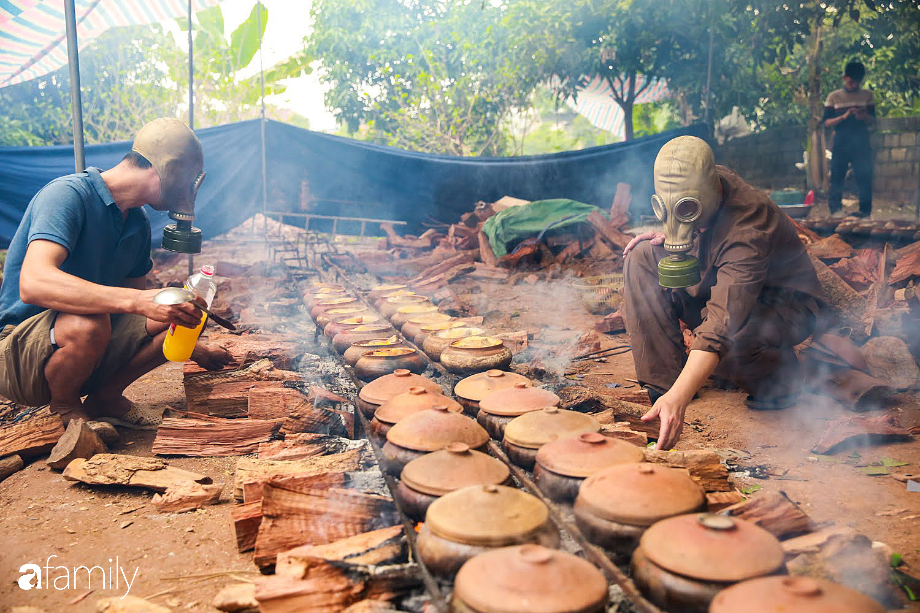
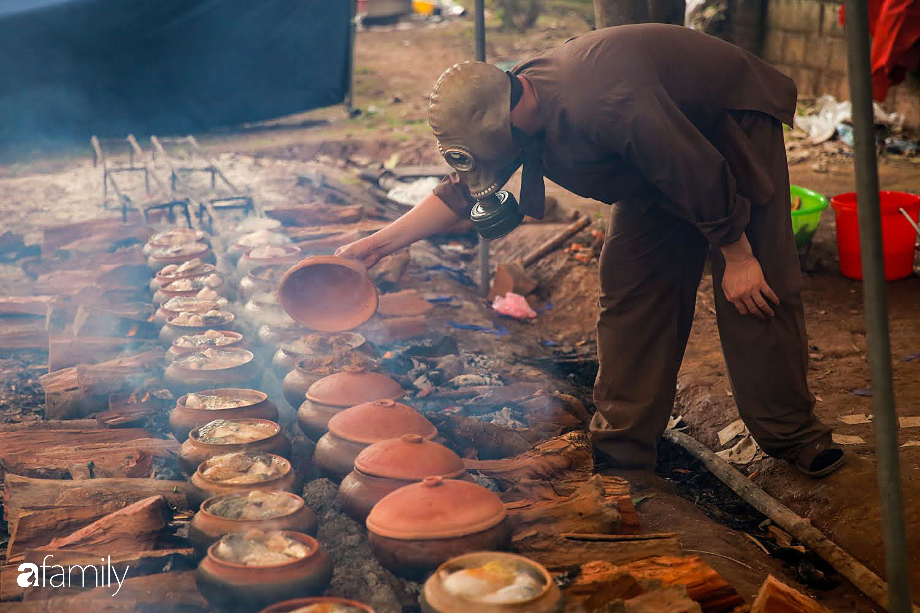
In addition to dried fish from Vũ Đại village, dried goby fish from Kiến Thụy (Hải Phòng) also receives orders to be sent to foreign countries, mainly the United States, Sweden, and South Korea. However, in order to be able to send them abroad, these products must come from processing facilities that have been licensed, labeled with information, and certified for food safety and hygiene.

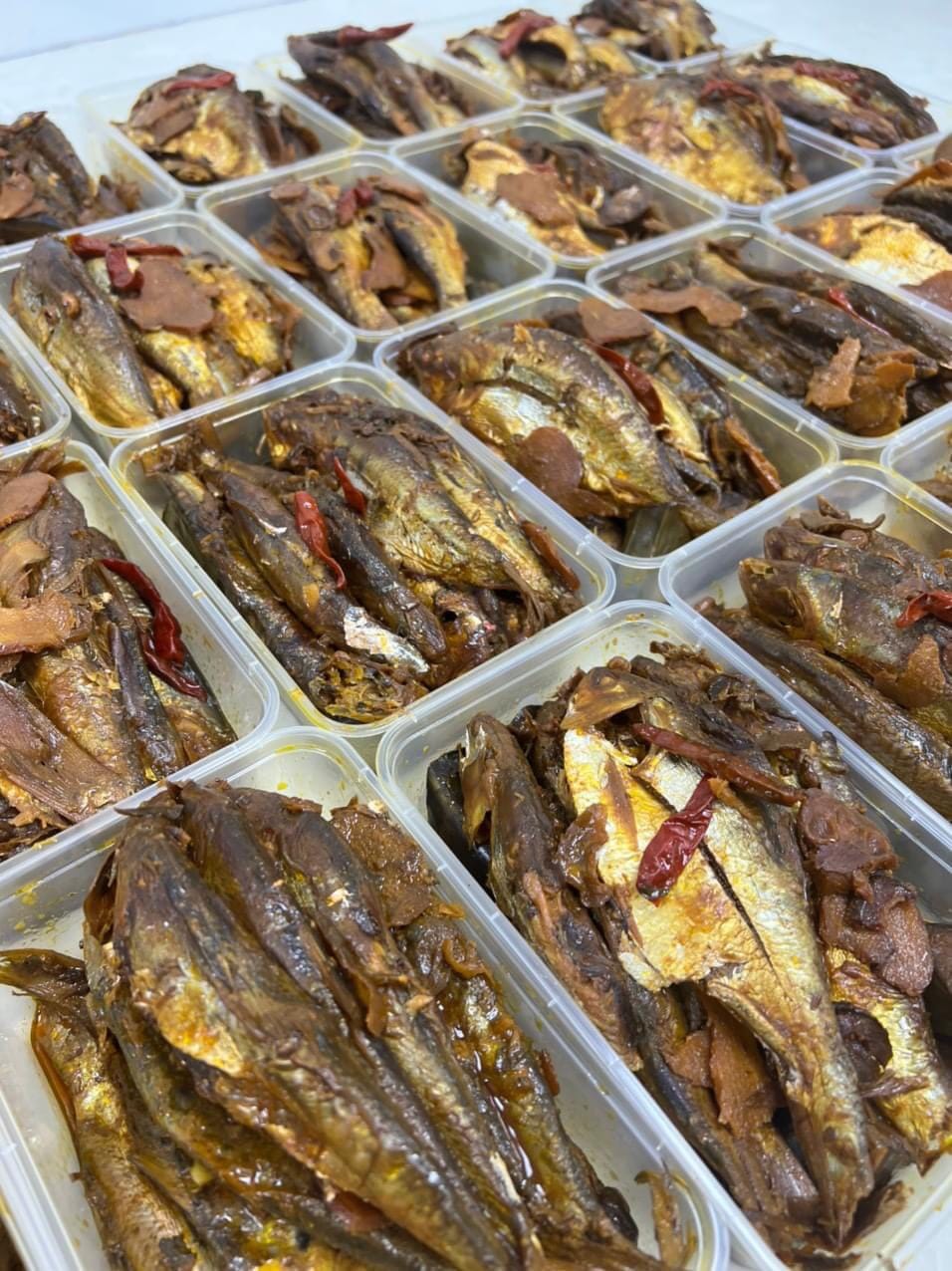
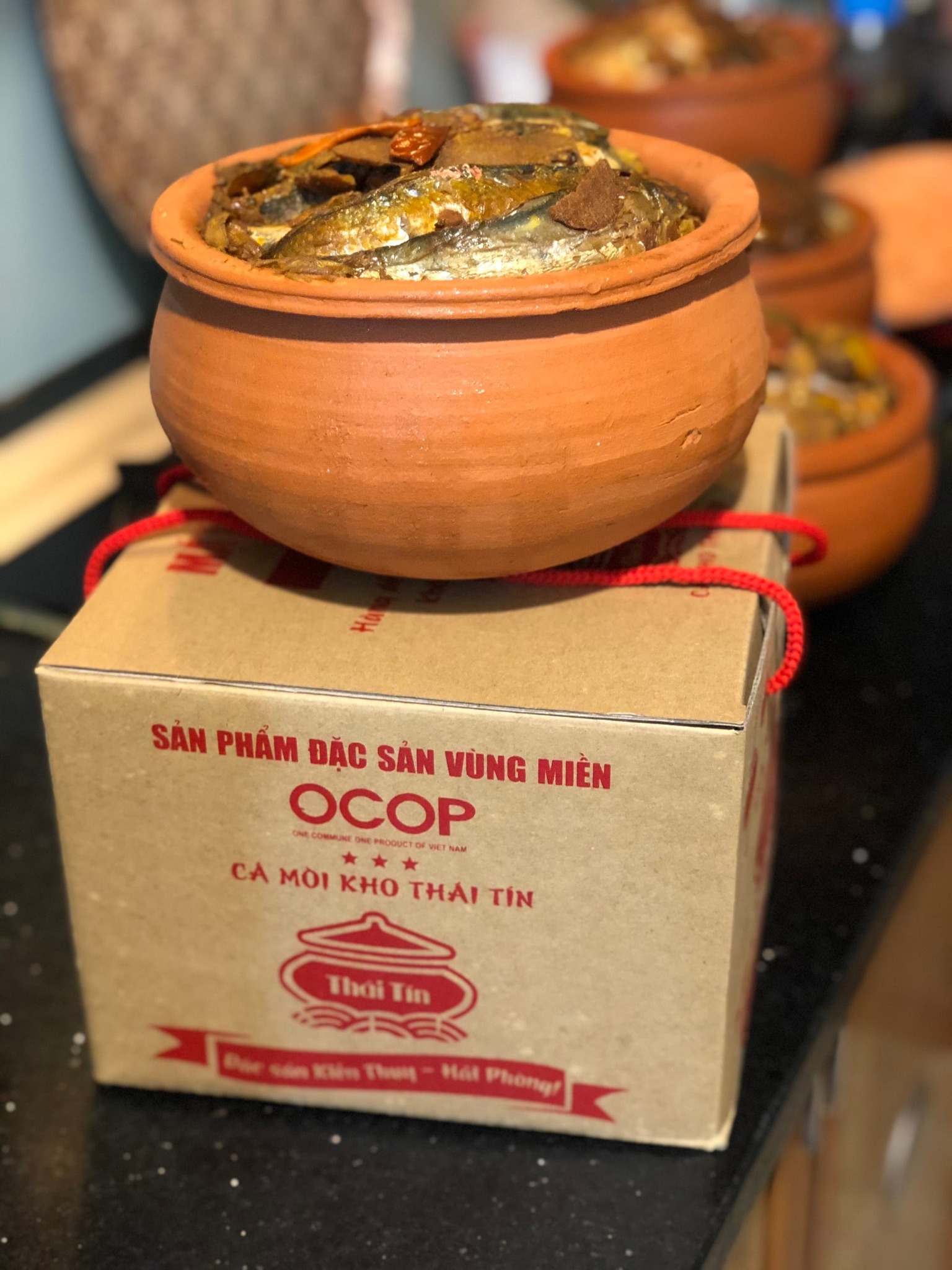
Coconut jam from the Mekong Delta
Meanwhile, there is also a method that Vietnamese people living abroad prefer, which is to bring or send luggage from acquaintances. However, the quantity is often much more limited.
Living in Taiwan (China), every year, Ms. Ly Vo (Tây Ninh) receives coconut jam made by her mother to eat during Tet. This year, when her boss traveled from Vietnam, she also invited a few friends there to help gather and ask her mother to make 10 kg of coconut jam. However, her mother had to prepare a month in advance to catch her boss’s flight on the 22nd of Tet. “Even though it’s brought as personal luggage, I still have to pack it carefully. With this quantity, most of it is for me and for giving to relatives, only a few kilograms are for other Vietnamese friends. Despite its inconvenience, homemade coconut jam is incomparable,” she shared.

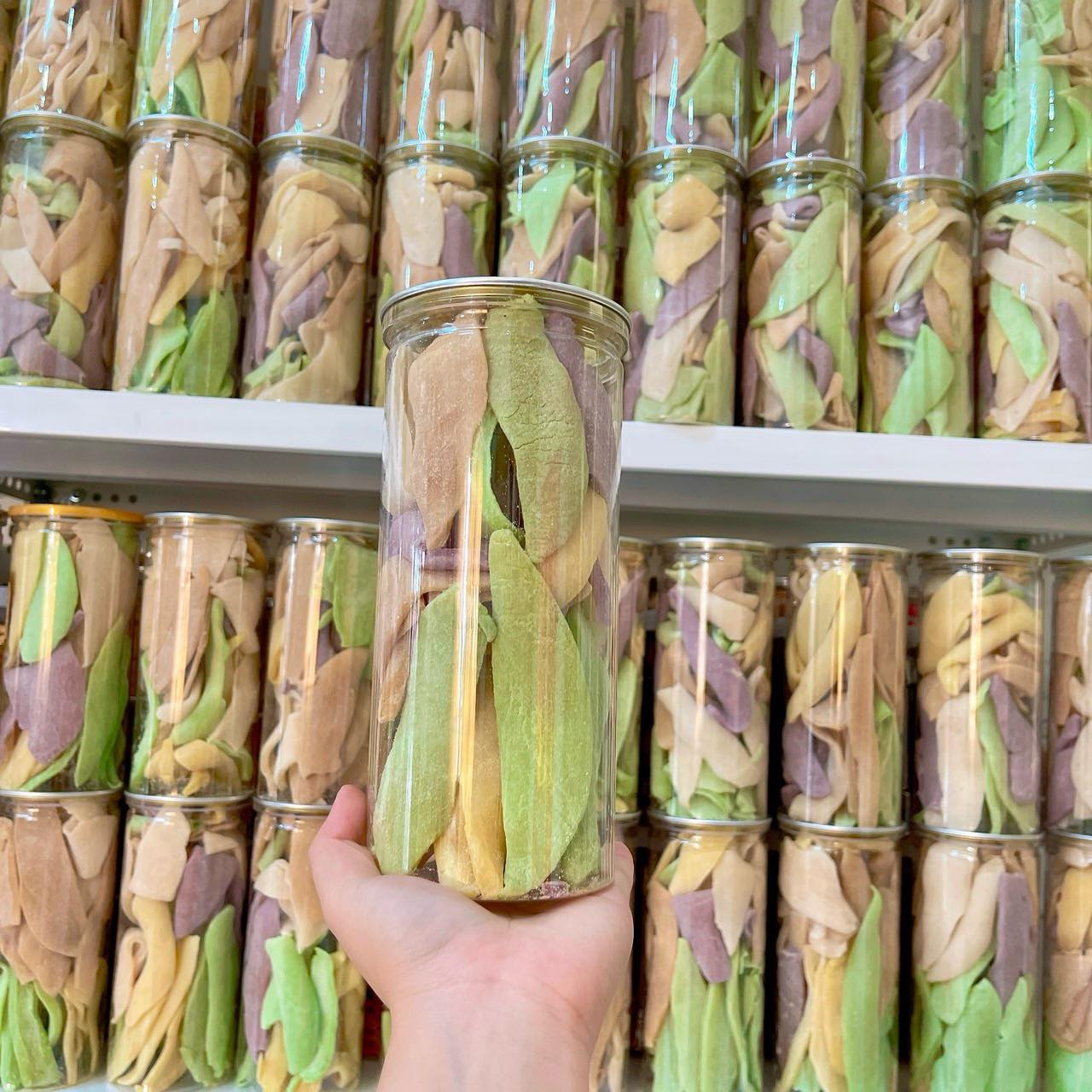
Khau nhục mackerel paste and nearly 30 other dishes sent to South Korea
As one of the business owners of Vietnamese cuisine, mainly from Hải Phòng, in the Vietnamese neighborhood in South Korea, this Tet holiday, many people came to Ms. P.H to place orders. Ms. P.H offers a variety of dishes, including khau nhục from Tiên Yên (Quảng Ninh), Hải Phòng pate, frozen meat, braised fish, gio lua (Vietnamese sausage), cha com (green sticky rice cake), cha be be (fried pigskin cake), trâu gác bếp (buffalo tongue), cha mực (squid paste), hành muối (salted onions), young coconut jam, and nearly 30 other dishes.
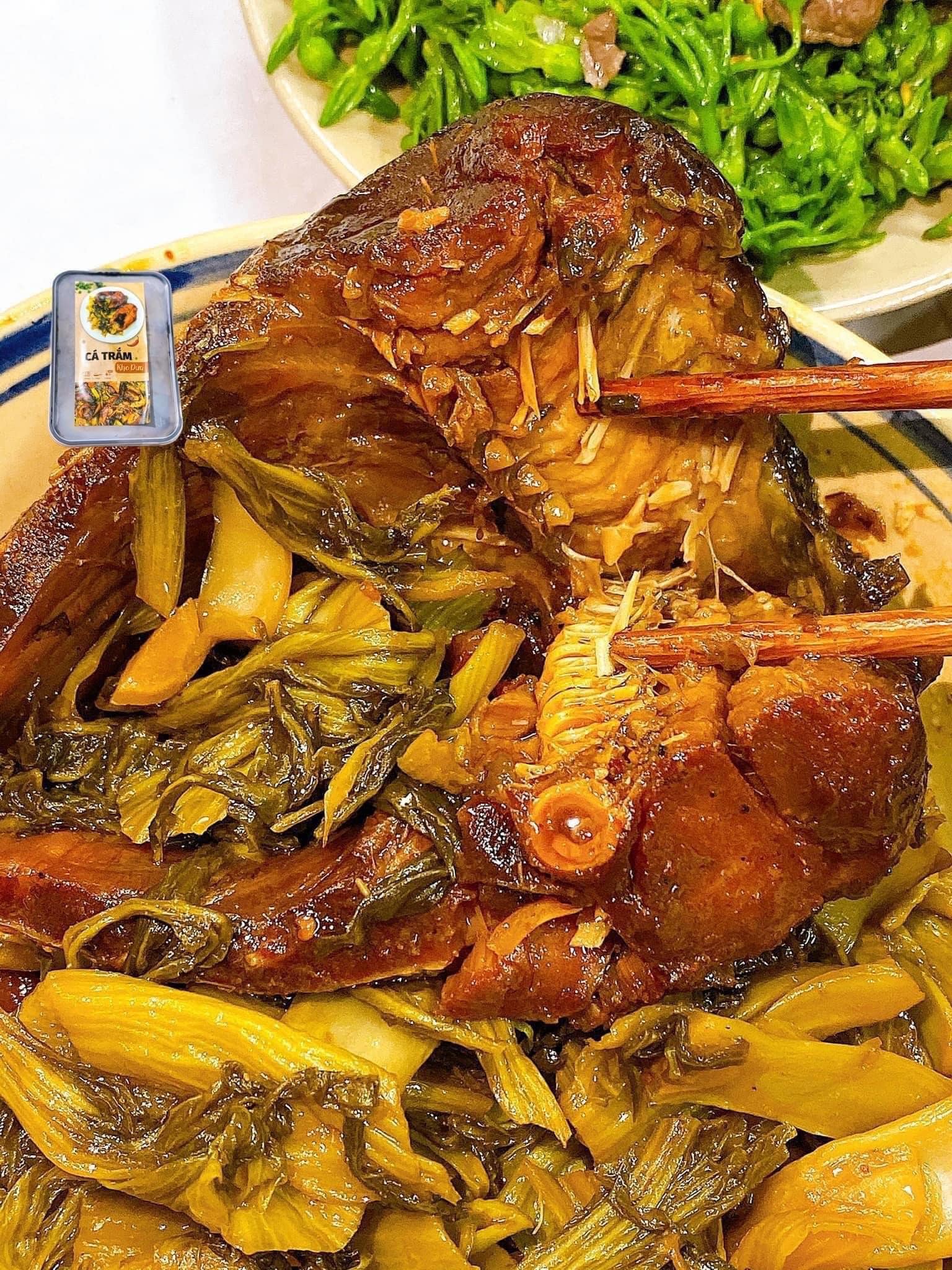
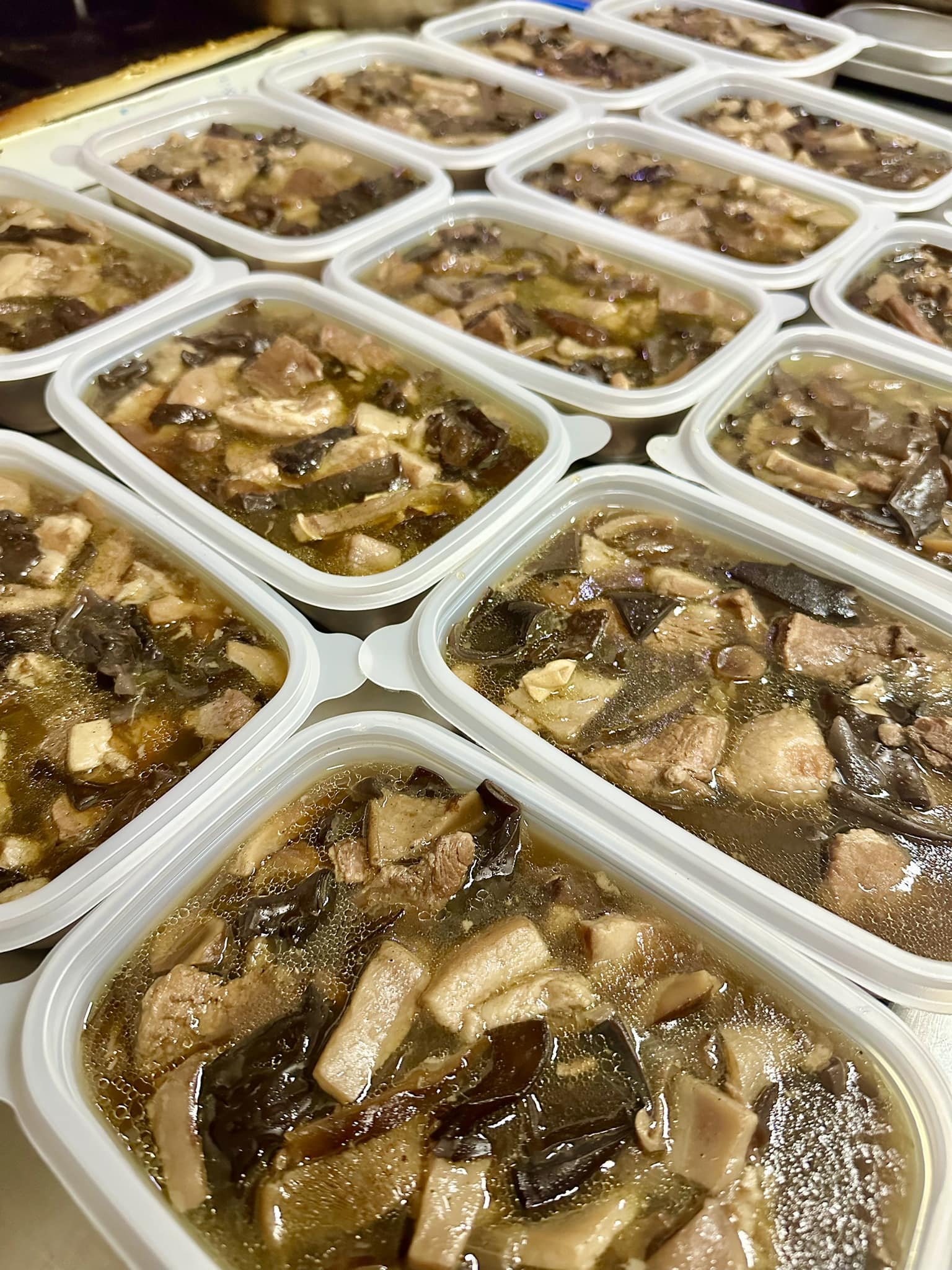
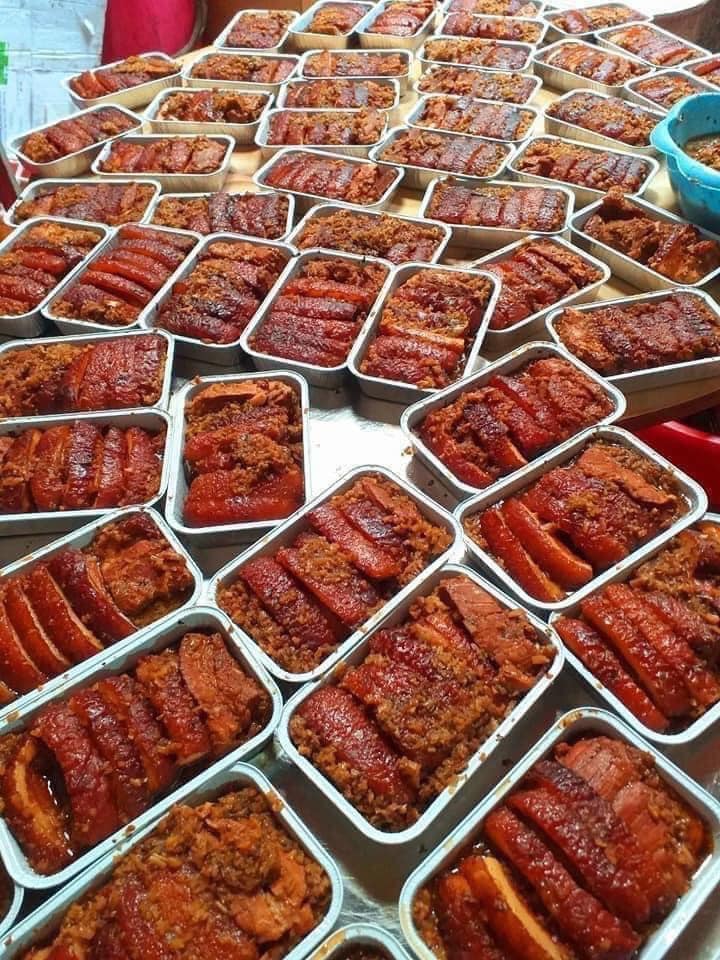
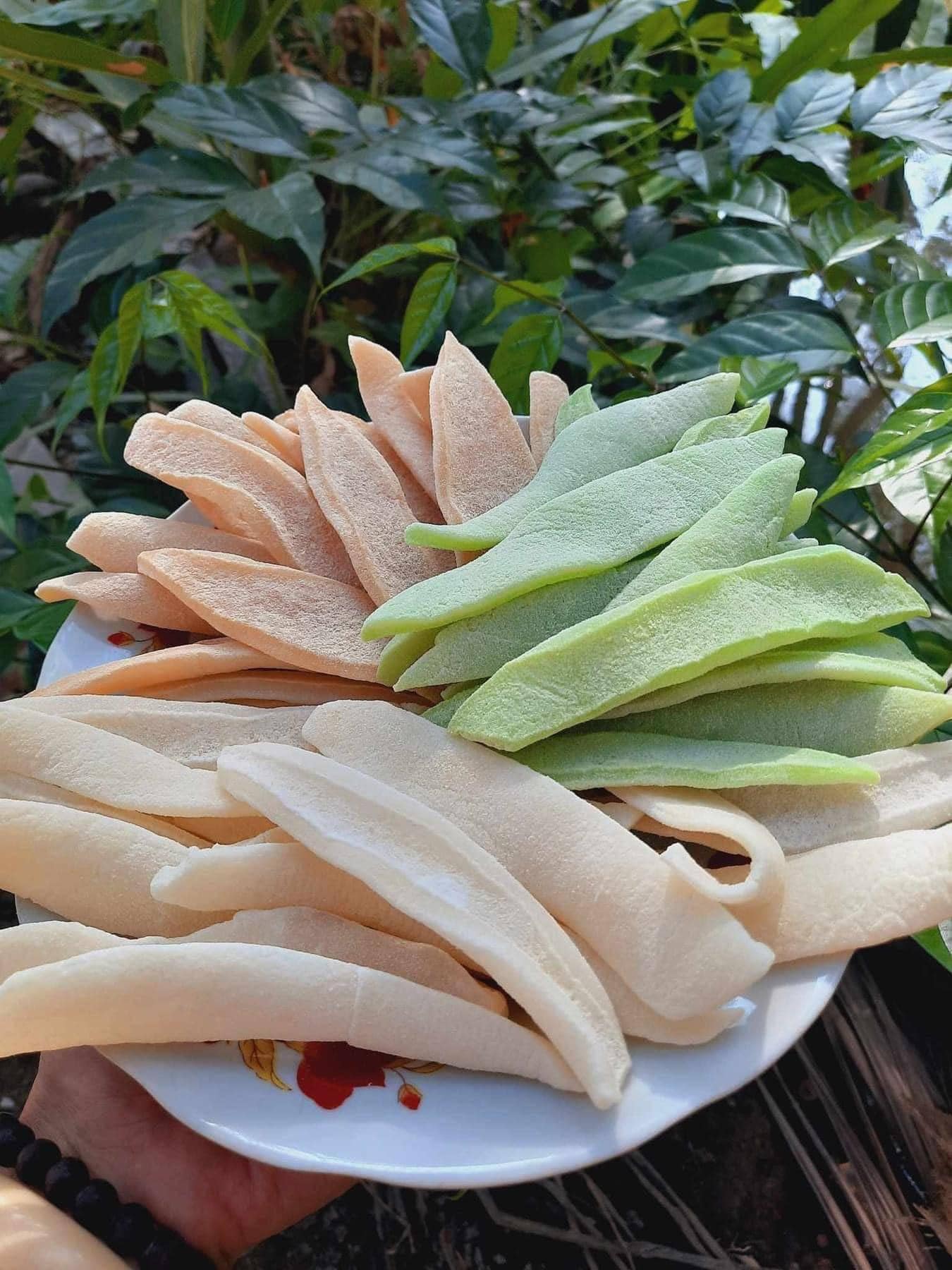
Sticky rice cake evoking longing but difficult to send from home
Sticky rice cake (bánh chưng) is a dish that carries the “soul” of traditional Tet in Vietnam. However, this dish is extremely difficult to send, whether it’s hand-carried or sent by mail. Because according to the regulations of many countries, it is impossible to bring items that do not have proof of origin and a certification/label to ensure food safety and hygiene. And mostly, bánh chưng in Vietnamese families is handmade.
In their adversity, a group of Vietnamese students in Germany bought ingredients and gathered to make and eat bánh chưng together. “The first year, I did not know what to do, so my mother made them at home and sent them to me. When I arrived at the airport, they were returned because they did not comply with the regulations. So, from then until now, for four years, we gather as a group of Vietnamese friends and go to one person’s house to make bánh chưng, cook them in a pressure cooker. We only make 4-5 cakes to eat for several days,” shared Thùy Dung, a student in Germany.
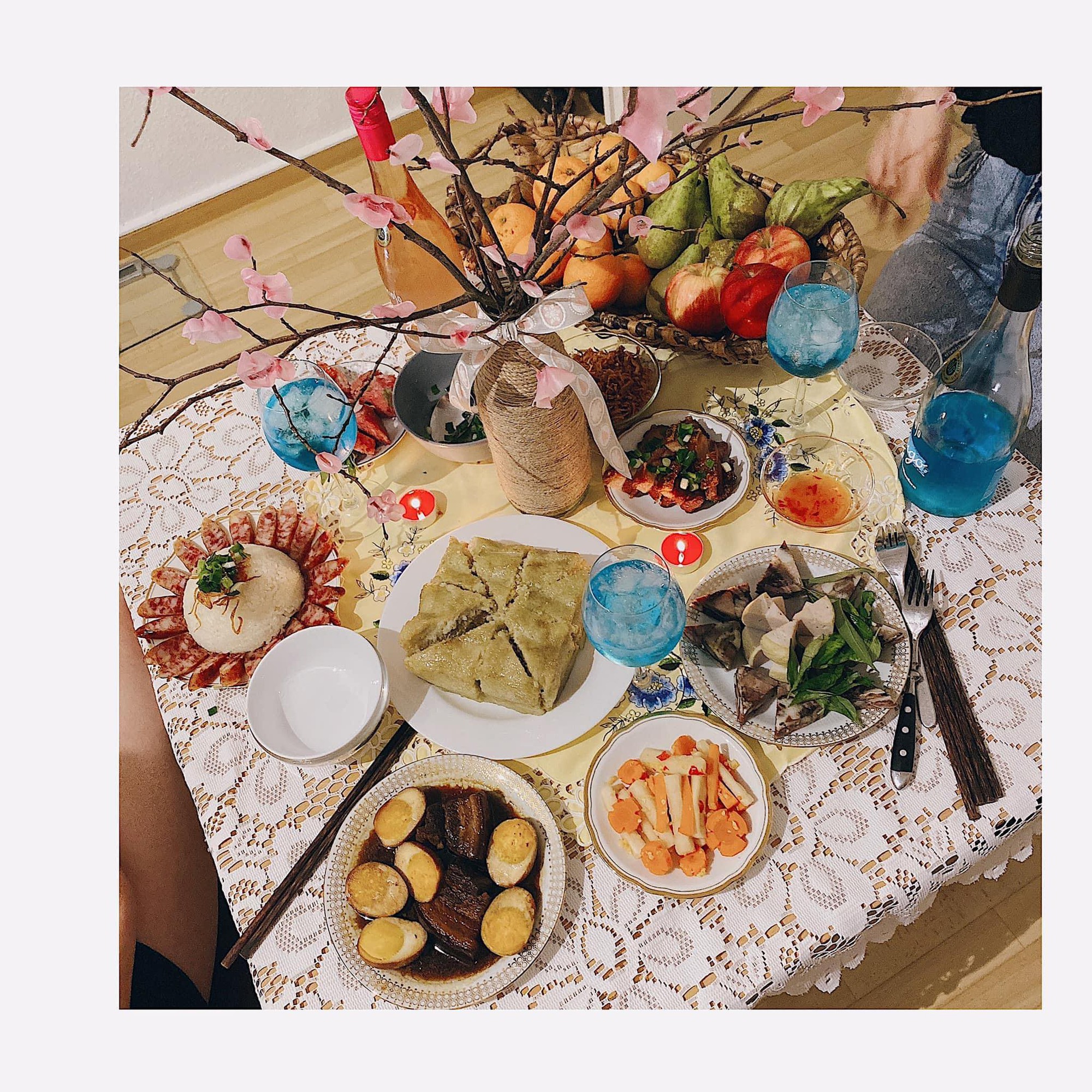
Or like Ms. P.H, she will utilize the resources of her restaurant to make bánh chưng, gio, and cook xôi (sticky rice) right in South Korea and sell them to everyone. She estimated that she sold more than 100 bánh chưngs.


Bụng gây thương nhớ nhưng lại rất khó mang đồ nhà gói sang
Bánh chưng is a food that carries the “soul” of traditional Vietnamese Tet. However, this dish is extremely difficult to send, whether it’s hand-carried or sent by mail. Because according to the regulations of many countries, it is impossible to bring items that do not have proof of origin and a certification/label to ensure food safety and hygiene. And mostly, bánh chưng in Vietnamese families is handmade.
In their adversity, a group of Vietnamese students in Germany bought ingredients and gathered to make and eat bánh chưng together. “The first year, I did not know what to do, so my mother made them at home and sent them to me. When I arrived at the airport, they were returned because they did not comply with the regulations. So, from then until now, for four years, we gather as a group of Vietnamese friends and go to one person’s house to make bánh chưng, cook them in a pressure cooker. We only make 4-5 cakes to eat for several days,” shared Thùy Dung, a student in Germany.

Or like Ms. P.H, she will utilize the resources of her restaurant to make bánh chưng, gio, and cook xôi (sticky rice) right in South Korea and sell them to everyone. She estimated that she sold more than 100 bánh chưngs.



